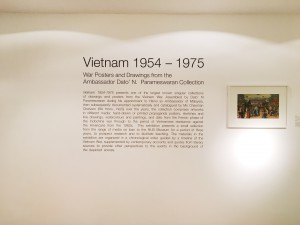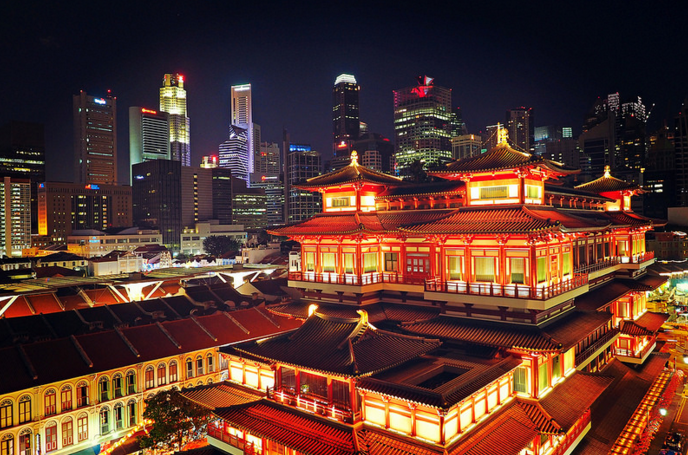The object we have chosen, the Vajrayana and prajnaparimita needed a tactful approach as we are dealing with the often disparate topics of religion and sex. In order to communicate our ideas on esotericism, we had to first go into deep research and understand our topic clearly in order to execute the right content to our audience and in clarity.
Also, I’ve learnt that it was good experiment before executing on our actual project. We did so by showing our course mates images of the chosen object and we came to realize that the yab-yum is indeed widely misinterpreted with their reactions. When asked for their interpretation of the object, words such as ‘sex’, ‘overly-attached girlfriend’ and ‘ blasphemy’ were collated from a verbal survey.
With our world of over-stimulated sexual imagery and media, to witness union in peace and stillness can be an instant paradox to such a conditioned mind.
We felt that the responses were a concern and decided to focus on bringing attention to esoteric art for our visual response and challenge ourselves to educate fellow arts students regarding this paradox.
As I brainstormed further, it dawned upon me that on one hand, the nature of the yab-yum’s suggestive form captures attention, while at the same time, our concern was to bring Esoteric Buddhist art to attention. A eureka moment struck when I thought of incorporating the two ideas together.
Our final execution consisted of a moving graphics poster shown on the wall by a projector. The animated yab-yum has visually striking colours that aims to draw people’s attention towards it, on top of the attention grabbing yab-yum icon. Audience will find flaps on the projected image that contains an explanation of esoteric art.
Thought process was put into the final image’s design for it to not look too sexualized just for the sake of drawing attention and at the same time having strong aesthetics to catch the eye. Applying what has been taught for colour theory and design principles, complimentary colours were used to create a slight dissonance yet attraction towards the yab-yum.
I’ve learnt to take things not too literally and ask myself questions before I go into conclusions about an artwork or anything. I’ll end here with a quote to always ask yourself: Are you a thinker or a believer?




































